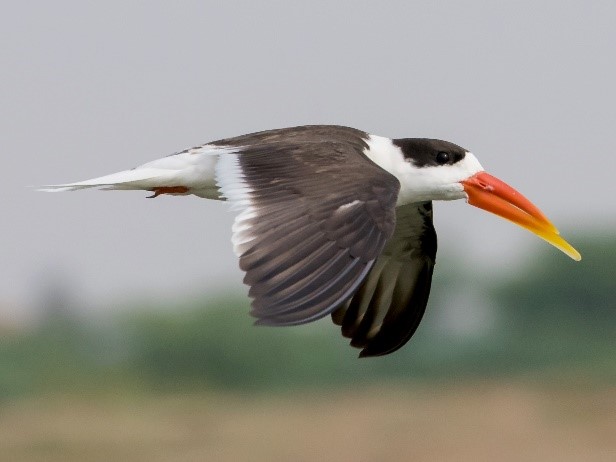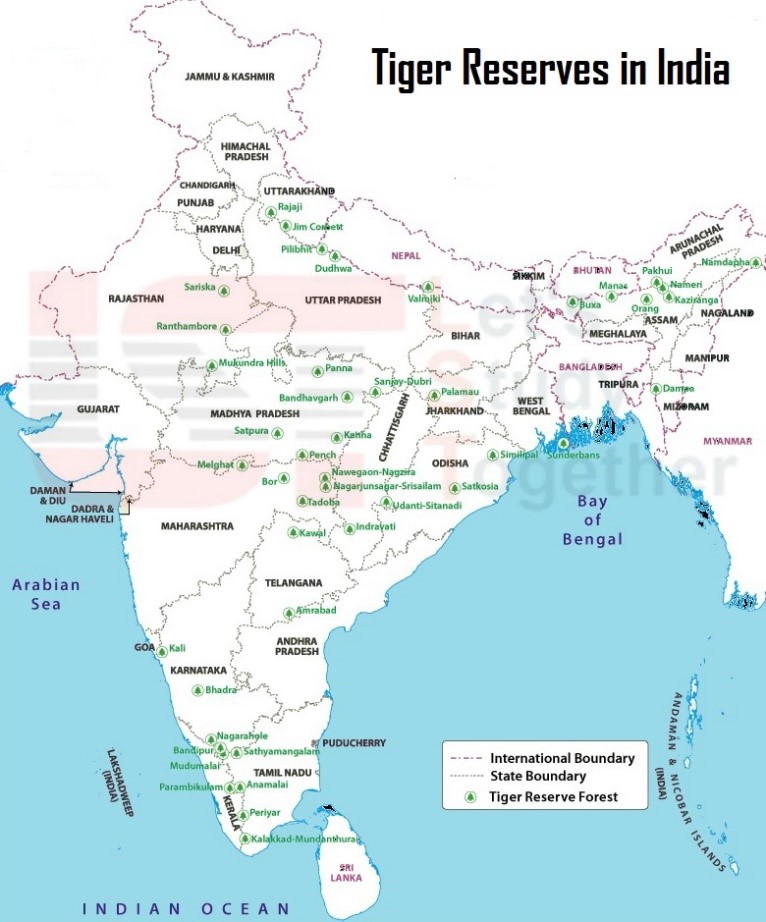Free Courses Sale ends Soon, Get It Now


Free Courses Sale ends Soon, Get It Now



Disclaimer: Copyright infringement not intended.
Context
Indian skimmer
About
Distribution:
Characteristics, Habitat and Behaviour:
Conservation Status:
Major Threats:
Trivia: The Wildlife Protection Act (WPA) of 1972
Schedules in WPA-1972
Schedule I
Schedule II
Schedule 3 and Schedule 4 of WPA 1972
Schedule 5 of WPA 1972
Schedule 6 of WPA 1972
Schedule I and II – these are the most vital sections of the act.
Schedule III and IV.
Schedule V
Schedule VI
|
What are Vermins?
|
Dudhwa Tiger Reserve

READ ABOUT GHAGGAR RIVER: https://www.iasgyan.in/daily-current-affairs/pollution-in-ghaggar-river
|
PRACTICE QUESTION Q. Consider the following statements. 1.Dudhwa Tiger Reserve shares the north-eastern boundary with Nepal. 2.Schedule 5 of the Wildlife Protection Act (WPA) of 1972 regulates the cultivation of a specific plant and restricts its possession, sale, and transportation. 3.The Indian skimmer is a Critically Endangered bird found in Southern Asia. How many of the above are correct? A) Only 1 B) Only 2 C) Only 3 D) All Four Answer: A) Only 1 |
© 2024 iasgyan. All right reserved